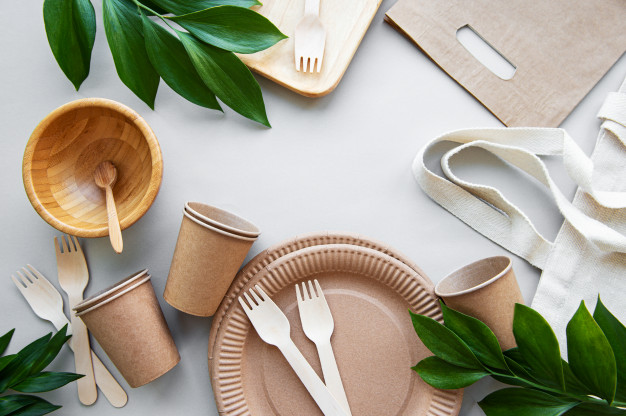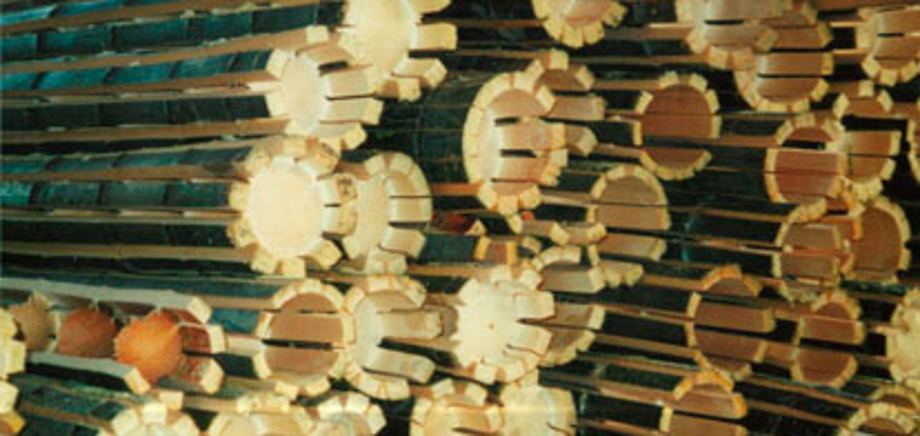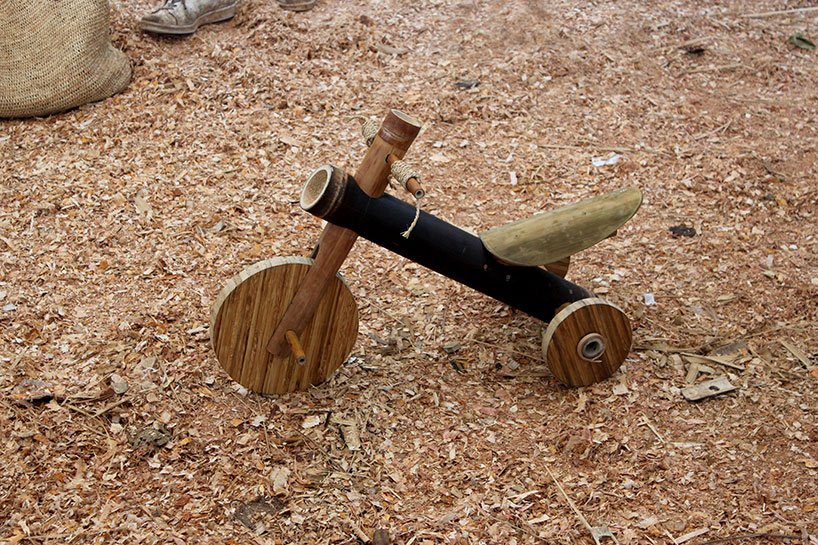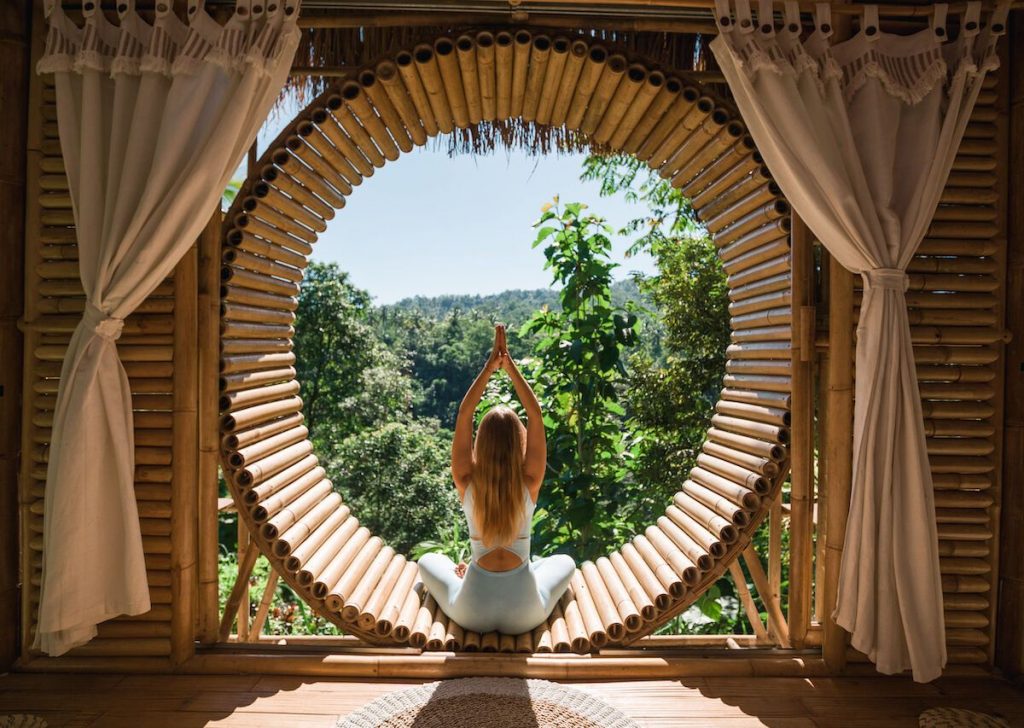Zero Waste, Zero Waste Ideas, Zero Waste Lifestyle, Zero Waste Recycle
The Sustainability of Bamboo: 6 Interesting Facts
We are reminded daily about our planet suffering from depletion of natural resources, deforestation, and harmful amounts of waste dumped into the environment, but bamboo provides us with an alternative solution towards saving our planet. And that’s why bamboo has been gaining in popularity and added into the consumer goods marketplace in order to reduce the reliance on plastic as well as other resources.
Bamboo is often labeled ‘the world’s most renewable material’ and is the fastest-growing woody plant in the world. In fact, bamboo is mainly found in Asia, some parts of Africa and parts of Americas in 1,400 different bamboo species.
Table of Contents
WHY USE BAMBOO?

Cleans the Air
Bamboo is a critical element in the balance of oxygen and carbon dioxide in the atmosphere. It gives us clean air to breathe, consumes carbon dioxide and, because bamboo forests are so dense, returns 30% more oxygen to the atmosphere than trees. It also produces 35% more oxygen that an equivalent stand of trees.
Requires Less Energy and Water
It rarely needs replanting and sustain bamboo than other similar trees and plants used for fiber production. Bamboo plantations require very little maintenance. Bamboo also requires very little water and can survive drought conditions as well as flooding.
Reclaims Land
Because of its rapid growth and root structure, bamboo can, in a very short time, reclaim land destroyed by overgrazing and over-building and clean the soil of toxins. What an excellent soil erosion inhibitor!
Can Be Grown Without Pesticides
Bamboo can be grown without pesticides or chemicals because of its own antibacterial agent.
Can Be Harvested Sustainably
Bamboo is one of the fastest growing plants on the planet, making it a high yield renewable resource. It can be selectively harvested annually and is capable of complete regeneration without need to replant.
Grows everywhere
Bamboo can be grown throughout the world and thrives even in harsh conditions from low wetlands to higher elevations in the mountains.
Economic development
Bamboo production and manufacturing provides job opportunities in less developed countries that need social and economic sustainability. China, the world’s largest bamboo producer, was valued at over 19.5 billion USD in 2012 employing over 7.5 million people. This serves as a model for other countries looking to develop a sustainable bamboo ind.
In addition to being an eco-friendly material capable of creating beautiful and resistant items, bamboo is very flexible, light. After reading these lush qualities, you can understand how bamboo could so easily fall into the sustainable product category without a blink of an eye.
WHAT ARE BAMBOO PRODUCTS?
Because bamboo has a tough exterior with a fibrous inside, manufacturers make various products using every part of the bamboo plant. The end product determines whether they use the stalk of the bamboo or inside the stem wall.

Some of the zero-waste bamboo products you could have in your home include:
- Toilet paper
- Bamboo flooring
- Bamboo toothbrush
- Bamboo yarn
- Paper
- Bamboo sheets
- Towels
- Bottles
- Cutting boards
- Bamboo charcoal bags
- Toiletries
- Bamboo clothing
IS BAMBOO BIODEGRADABLE?
Bamboo is 100% biodegradable. How long it takes to fully biodegrade depends on the kind of product, as well as the environment it is in. The process can last from a few weeks to up to over 10 years. For example, while a bamboo toothbrush in a home composting bin takes approximately 4 to 6 months to fully decompose, the biodegradation is slowed down significantly (5 to 10 years), if the same product is just left outside.
The large amount of starch stored in bamboo makes it attractive to mold, fungi, termites and powderpost beetles. Unlike other timber varieties such as teak, bamboo does not posses toxic deposits that slow down biodegradation.
Untreated bamboo species have an average natural durability of less than two years. If treated properly however, the life expectancy of bamboo can be increased to over 50 years.
The durability of bamboo is also directly related to how well it is treated at all stages of its use, including its growth, the harvest and drying process, storage, transport, and installation.
Keep in mind that it is necessary to separate the biodegradable parts from the rest to ensure proper disposal (Before a bamboo toothbrush can be left to decompose, the bristles need to be pulled out).
IS BAMBOO SUSTAINABLE?
But as with anything green, the answer to the question “is bamboo sustainable?” isn’t clear cut or straightforward.
Here’s a few things that you might want to consider when investigating whether a particular bamboo product is sustainable:
- Where is the item coming from, and how is it being shipped from the source location?
- What processing is required to make the product? Consider the energy and water consumed during the process.
- Have any nasty chemicals been used in production of the product? Have other additives been used that negate the benefits of using bamboo as a raw ingredient?
- Is there an alternative product that is just as sustainable but perhaps not as eco-trendy?
- All too often it’s difficult to get answers to these questions because the supply chain isn’t always particularly transparent. Let’s dive into some of the major types of bamboo products and consider their sustainability.
IN WHAT WAYS IS BAMBOO UNSUSTAINABLE?
Despite these many benefits, there are bound to be some downsides to the potential “production” of bamboo. A crop can be 100 percent sustainable on paper, but if it is overfarmed, overused, or otherwise manipulated by the greedy hands of human industry, it can become as big a problem as any other non-sustainable material.
In order to facilitate this, large swaths of land have to be cleared away and replanted with bamboo. As a result, the existing wildlife is either destroyed or left homeless.
The other problem with this has to do with the fact that most bamboo crops are planted as a monoculture. This means that wherever bamboo is planted, all other varieties of plant life are invariably removed. A recent article by the China Digital Times highlights this growing problem in China today.
BAMBOO PRODUCTS: RENEW, REUSE, AND RECYCLE
One of the keys to keeping bamboo eco-friendly is through regulation and ethical processing. So, if you want to start choosing bamboo items to replace other materials, be sure to pick a company that uses best practices in producing their goods.
They also need to be environmentally friendly and sustainable. Otherwise, we have to question the point of them.

At Zero Waste Initiative, we love bamboo as a convenient, and stylish, alternative to plastic toothbrushes, straws, spoon and chopsticks. And so do you. Our natural bamboo products are becoming increasingly popular.
Keeping the focus on the planet and using zero waste products is a big first step in making sure we leave a healthy place to live for generations to come. In next blog, let’s consider sustainability of bamboo cloth together, and you’ll be surprised at it.




